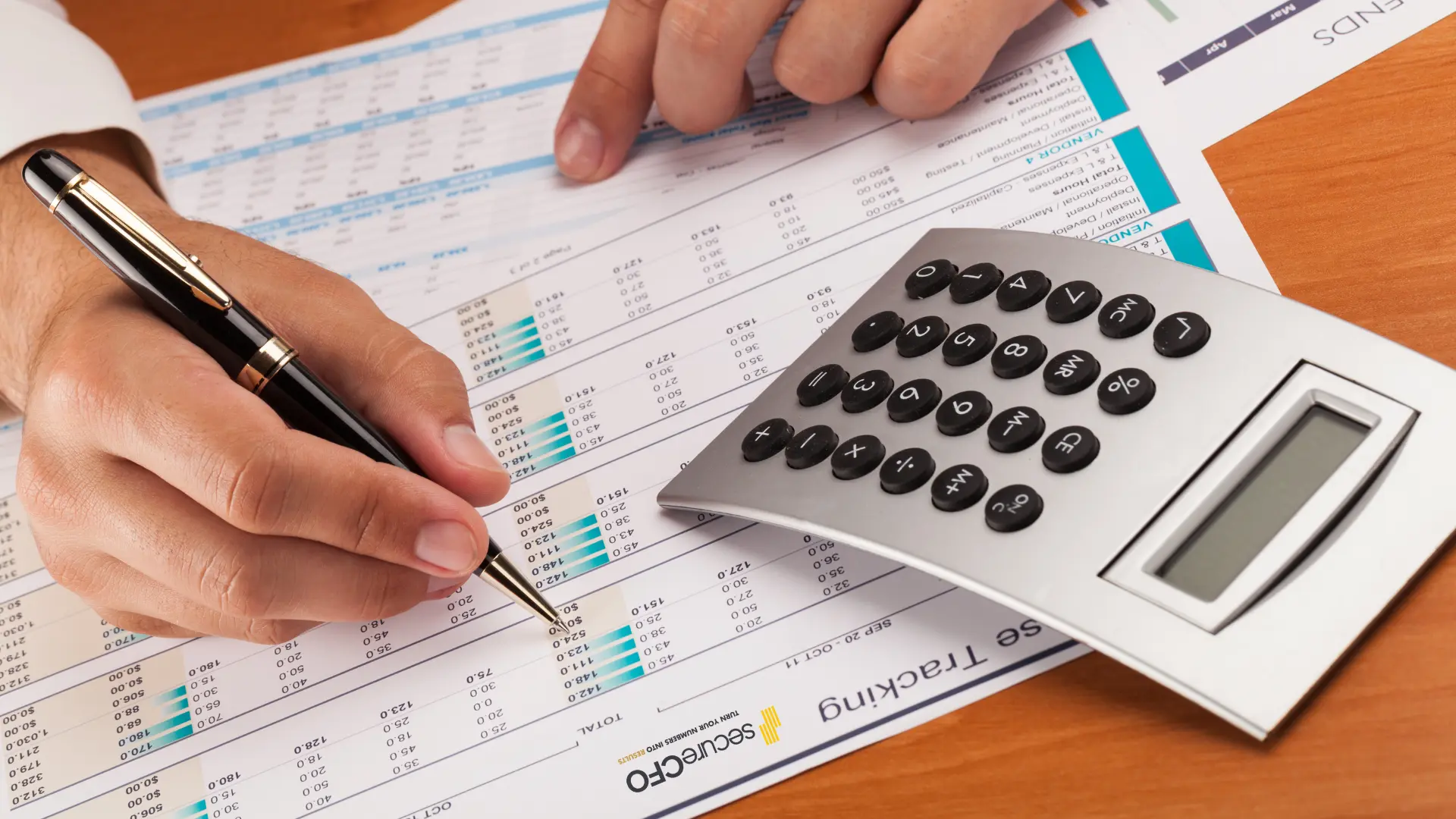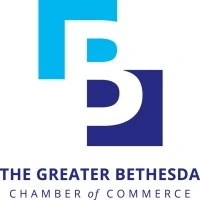
Discover the remarkable purpose and practices of general ledger accounting. Dive deep into expert insights and valuable tips designed for efficient financial management.
Introduction
General ledger accounting is a cornerstone of any business’s financial health. This key accounting document offers a comprehensive overview of all of a company’s financial transactions. While many businesses may outsource their accounting needs, understanding the general ledger remains crucial for any business owner. At SecureCFO, our mission is to keep our clients informed about the intricacies of their outsourced accounting and bookkeeping. For small business owners, a firm grasp on how general ledger accounting operates can be invaluable.
What is General Ledger Accounting?
The general ledger is an organized collection of accounts that record the assets and liabilities constituting a business’s activities. Typically, these accounts are categorized into a chart of accounts, divided into five primary sections: assets, liabilities, owner’s equity, revenue, and expenses. Asset accounts generally encompass cash, accounts receivable, inventory, investments, and fixed assets. On the other hand, liability accounts might include accounts payable, notes payable, and accrued expenses payable.
The Role of Double-Entry Bookkeeping
In general ledger accounting, transactions are usually recorded using double-entry bookkeeping. This method means every transaction is entered twice: once as a debit and once as a credit. Assets are offset by liabilities, and losses are countered by income. Introduced by a merchant in the 13th century, this method remains a global standard due to its accuracy and reliability. Maintaining two columns for each account allows for thorough cross-checking and validation of financial data.
Practical Uses of the General Ledger
The data within the general ledger is foundational to creating key financial documents that reflect a company’s financial status and historical changes. Essential reports such as the balance sheet and income statement are derived from the information within the general ledger. These financial statements can be crucial for business owners, shareholders, and potential investors.
A general ledger report summarizes all ledger activities over a specified period, such as a month or a quarter, providing a snapshot of the company’s financial health. Additionally, these reports can help identify errors in bookkeeping and act as a safeguard against fraud.
Maintaining the General Ledger
Depending on the business, the general ledger may be kept as a physical book or within computer software. Many companies use software to streamline the update process and easily extract information for related financial documents. For businesses utilizing outsourced accounting, the general ledger might be accessible online.
Regardless of the format, a general ledger is incomplete without source documents like bills or canceled checks to validate its entries.
Frequently Asked Questions
What is general ledger accounting?
General ledger accounting is a fundamental aspect of any business’s financial health. It provides a comprehensive overview of all financial transactions by organizing them into various accounts, which are categorized into five primary sections: assets, liabilities, owner’s equity, revenue, and expenses.
What are the main categories in a general ledger?
The main categories in a general ledger, also known as the chart of accounts, include assets, liabilities, owner’s equity, revenue, and expenses. Asset accounts typically cover cash, accounts receivable, inventory, investments, and fixed assets. Liability accounts include accounts payable, notes payable, and accrued expenses payable.
What is double-entry bookkeeping?
Double-entry bookkeeping is a method of recording transactions where every transaction is entered twice: once as a debit and once as a credit. This ensures that assets are offset by liabilities, and losses are countered by income. This method, introduced in the 13th century, is a global standard due to its accuracy and reliability.
Why is double-entry bookkeeping important in general ledger accounting?
Double-entry bookkeeping is important because it maintains two columns for each account, allowing thorough cross-checking and validation of financial data. This accuracy helps ensure the reliability of the financial records.
What financial documents are derived from the general ledger?
Key financial documents such as the balance sheet and income statement are derived from the information within the general ledger. These documents reflect a company’s financial status and historical changes, and they are essential for business owners, shareholders, and potential investors.
How does a general ledger report help a business?
A general ledger report summarizes all ledger activities over a specified period, such as a month or a quarter. It provides a snapshot of the company’s financial health, helps identify bookkeeping errors, and acts as a safeguard against fraud.
How is a general ledger maintained?
A general ledger can be kept as a physical book or within computer software. Many businesses use software to streamline updates and easily extract information for related financial documents. For businesses utilizing outsourced accounting, the general ledger might be accessible online.
What is the role of source documents in maintaining a general ledger?
Source documents, such as bills or canceled checks, are crucial for validating entries in the general ledger. Without these documents, a general ledger is considered incomplete.
How does SecureCFO assist businesses with general ledger accounting?
At SecureCFO, we manage the accounting needs of businesses of all sizes with a keen eye for detail and customization. We offer expert advice on accounting software and personalized services, ensuring that business owners understand general ledger accounting and its reliance on double-entry bookkeeping, equipping them to better manage their financial health and make informed decisions.
Conclusion
At SecureCFO, we manage the accounting needs of businesses, regardless of size, with a keen eye for detail and customization. We go beyond the general ledger by offering expert advice on accounting software and personalized services. Understanding general ledger accounting and its reliance on double-entry bookkeeping equips business owners with the knowledge to better manage their financial health and make informed decisions.
As a certified CFO, I bring a robust blend of expertise and accreditation to the table, ensuring that my strategic financial management and controller services not only aligns with industry best practices but also drives substantial value and innovation in the services sector. My certification is a testament to my commitment to excellence and my capability to navigate complex financial landscapes effectively, making me a trusted advisor in your journey towards greater profitability and business success.
Start mastering your financials today! Dive deeper into how outsourced accounting services can revolutionize your business strategy and lead to sustained profitability. Don’t wait, unlock your business’s full potential now!




